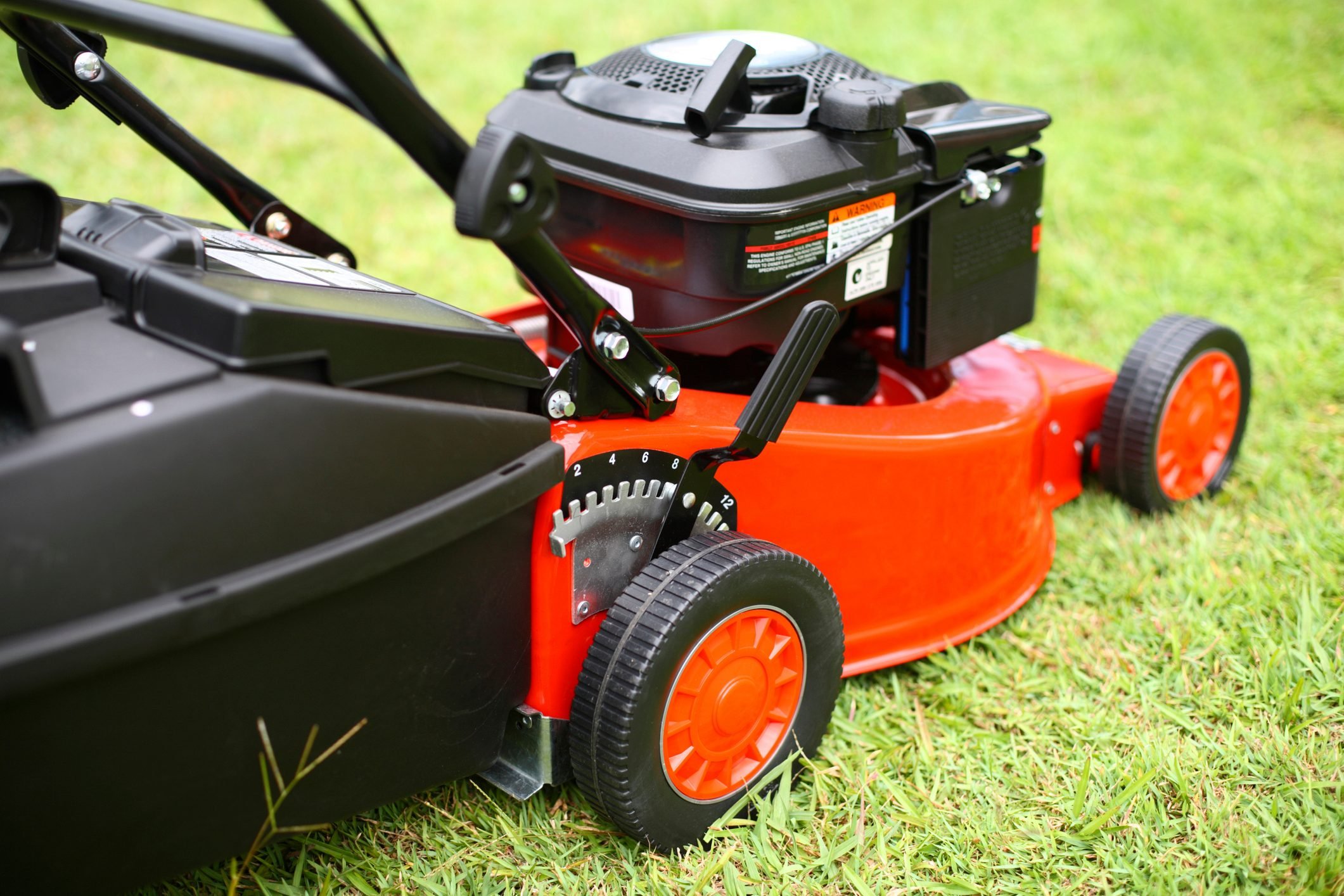Although corded electric and battery-powered lawn mowers are flooding the market, the gas-powered lawn mower remains the gold standard for power and performance. A gas mower cuts easily through wet grass and tough strains like St. Augustine and Bermuda. Plus, it comes with features that make mowing easier and more efficient.
There’s a problem, though: Gas-powered lawn mowers may go off the market in the near future.
California has already announced it will ban the sale of gas-powered mowers in 2025, and Honda, a major producer, stopped manufacturing them in October 2022. According to the U.S. Department of Energy, gas mowers consume 1.2 billion gallons of fuel annually. And the Environmental Protection Agency (EPA) estimates every gallon burned by a gas mower adds 20 pounds of carbon dioxide to the atmosphere.
Throw in the engine noise that disturbs neighbors and disrupts wildlife, and it’s easy to envision the extinction of the gas-powered lawn mower.
For homeowners seeking the power and performance of the best gas lawn mowers, there’s no time like the present to start shopping. Even if your municipality ultimately bans gas mowers, it will probably involve new sales only, so you should be able to keep your mower for its expected life span. Here are some things to look for as you shop.
Walk-Behind vs. Riding
If you have a larger-than-average lawn, consider a riding mower — a major expenditure that’s much more costly than a walk-behind mower. Among the advantages: Faster cutting, a larger fuel capacity, and the convenience of sitting while you mow.
Walk-behind mowers, however, are easier to operate and store. If your lawn is less than an acre, they’re a more economical choice.
Wash-Out Fittings
Wash-out fittings let to attach a hose and clean the underside of the mower deck. Do this after every use and you’ll largely eliminate the grass buildup that eventually requires chipping away with a putty knife or screwdriver.
This cleanout makes the mower perform better and gives you a better-looking lawn. You can buy and install retrofit fittings yourself, but getting them pre-installed makes things that much easier.
Engine Size
Engine size for walk-behind mowers ranges from 125 to 190 cubic centimeters (cc). For riding mowers, it’s measured in horsepower (hp), with the typical range from 10 to 22.
A larger engine develops more torque. It usually has a large deck with a wide-cutting swath, letting you complete tough jobs faster. But larger engines also use more gas and are harder to handle.
Two-Stroke vs. Four-Stroke
Speaking of walk-behind mowers, you may find you have a choice between a two-stroke engine, which isn’t common anymore, and a four-stroke engine.
Two-stroke engines are lubricated by oil mixed in with the gas (you have to remember to premix it), and they’re less powerful, noisier and produce more emissions than four-stroke engines. They also use more gas. You’re better off with a four-stroke engine.
Electric Start
Pull cords aren’t that difficult if the lawn mower engine is in good condition and turns over immediately. But if the spark plugs are old or the carburetor needs cleaning, repeated pulling can be frustrating. Avoid an unwanted workout by purchasing a mower with an electric start feature.
Electric start does require a battery, but most recharge while the engine runs. Some manufacturers provide batteries similar to those for power tools that can be removed and charged remotely.
Automatic Drive
The operator usually supplies the force that drives a classic walk-behind gas mower. It can get tiring, especially on sloped or uneven ground. Enter the self-driving mower, which transfers power from the engine to the wheels via belts to drive it forward.
You can select front-, rear- or all-wheel drive. Rear-wheel drive is most popular because it keeps the mower moving forward when climbing a hill and pushing through heavy grass. If you choose a variable-speed drive, you can set it to one comfortable for you.
Blade Brake Clutch
The blade brake clutch (BBC) is a handy feature if you frequently stop to pick up debris. When you engage it, it uncouples the blade from the motor. It avoids the need to stop and restart the engine repeatedly, which is hard on the engine and generally a hassle.
Grass Management
Some gas mowers spit grass clippings out from the side of the mower deck. Some come with an attachable bag that lets you collect the clippings, and some return the clippings back to the grass as mulch. Some do all three! Find out why you need a lawn mower mulcher.
If you choose a model with a bag, make sure it’s easy to remove and you can mow without it in case you’ve navigating tall, overgrown grass.
Wheel Size
The standard wheel diameter is eight inches, but some non-propelled walk-behind mowers offer nine- to 12-inch rear wheels. These make the mower easier to push over rough terrain and up a slope. Larger wheels also keep the carriage higher off the ground and prevent scalping the grass.
Price
You can find a basic push mower in the $160 range, or spend $1,300 for a premium model with an extra-large deck and all the bells and whistles. Models costing between $400 and $600 likely have all the features you need for comfortable, efficient mowing.
ⓘ





















